Anyone who has a kitchen has some amount of dishware or cutlery in it. These tools help us in various ways while cooking, dishing out, plating, and eating what’s cooked.
Dishware and cutlery may vary a little in their definitions but we all know how interchangeably both terms are used. Some other words used for the same include Chinaware, silverware, etc. In all cases, the specificity is in the name.
Sometimes we come across situations online where we need to use these tools either in literal contexts or metaphorical sentences. As a thoughtful gesture, we’ve compiled all those dishware/cutlery emojis that are representative of different cultures for easier and meaningful emoji usage.
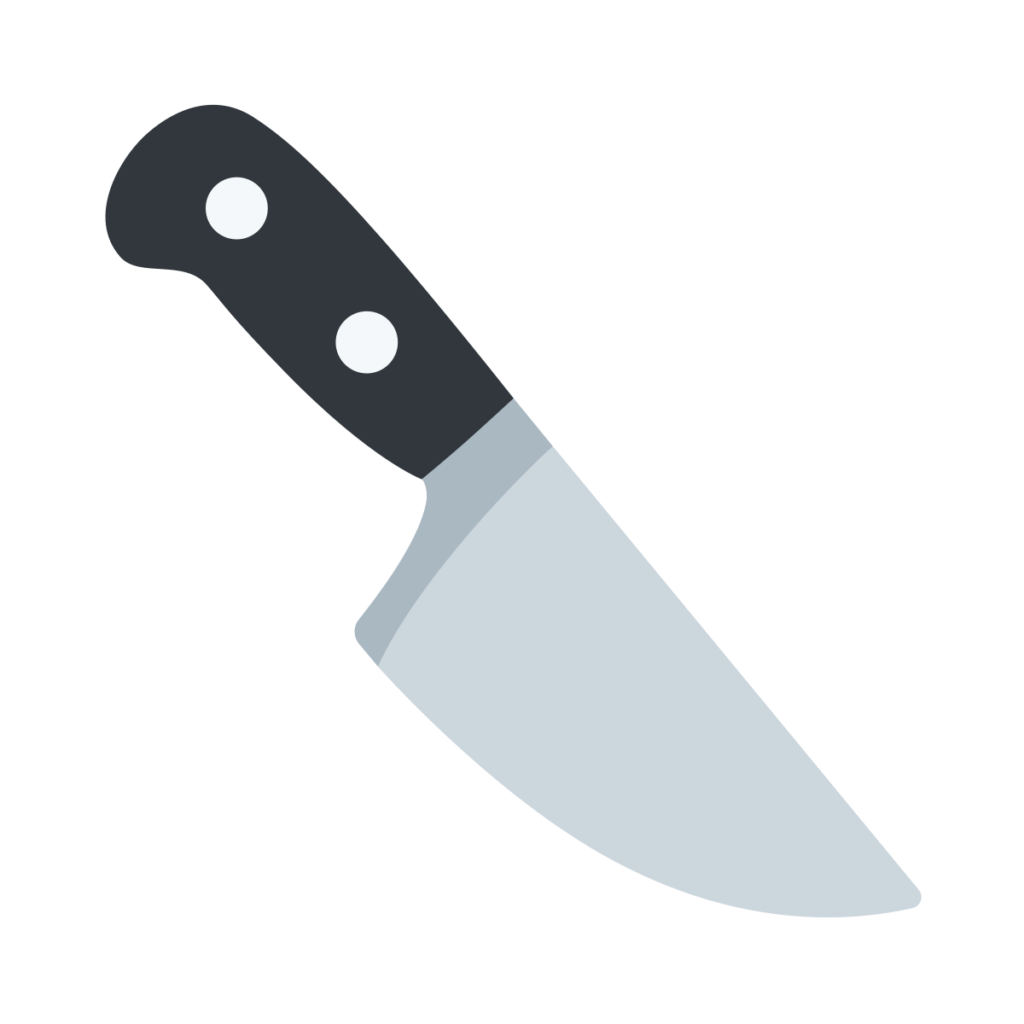
🔪 Kitchen Knife Emoji
We’ve all used knives, well most of us. To use a knife, you need to know the basic rule. Never stab. Not even backstab. Knives like everything else have their good sides and bad, depending on how they’re used.
In the virtual world, 🔪 is not really a sign that you’re chopping up veggies. Here, it means that something was in fact, killing or killer. A negative connotation you may say, but it’s online, and here, negatives can quickly cancel out and turn positive.
🔪 is an indication that something or someone was “sharp”, “edgy”, or “killer”. Anything to do with “kill”, like “killer”, “killing”, “killed me”, etc., aren’t violent, morbid words though they may portray such visual images. They’re just used to express emotions in an exaggerated manner. It could be appreciation, admiration, impressiveness, or hilarity too.
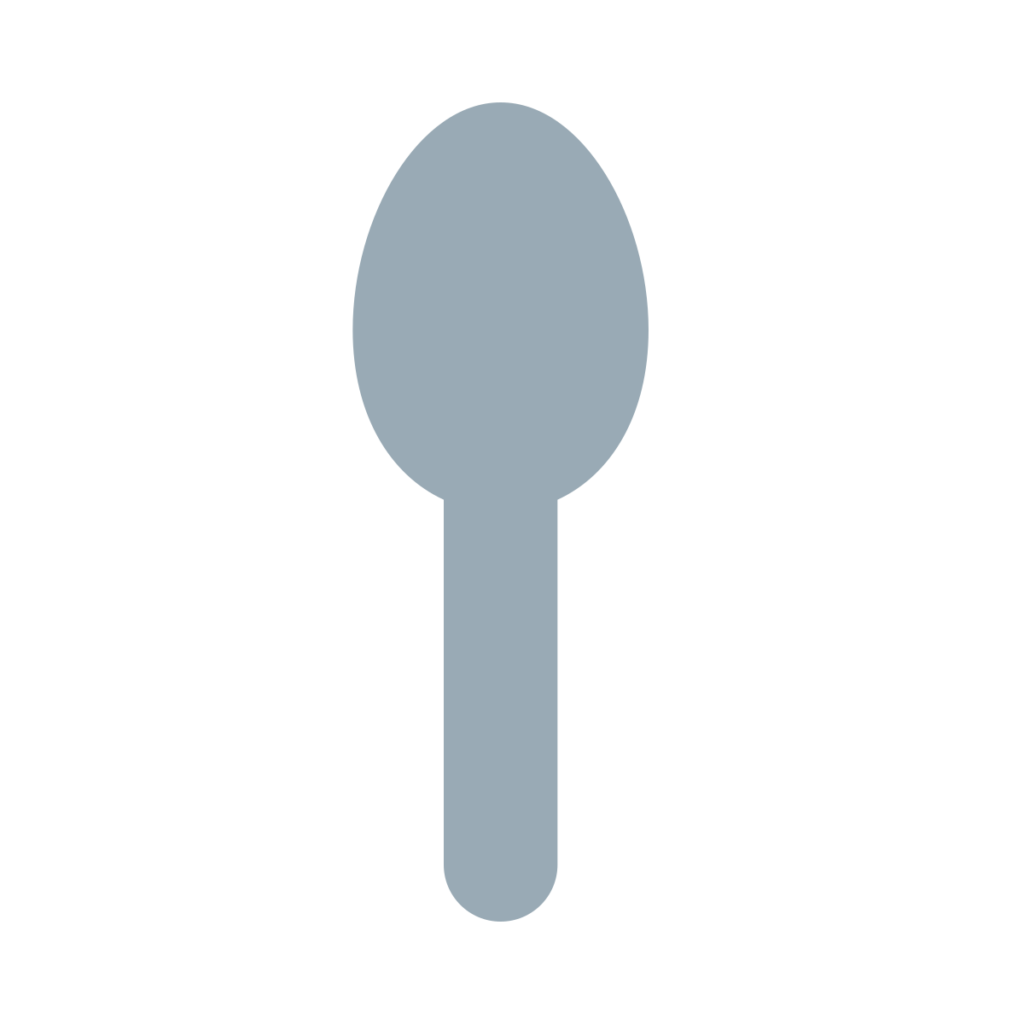
🥄 Spoon Emoji
The spoon is the OG symbol of dependence. Like, our teachers say, “not everything will be spoon-fed to y’all”. Sometimes, we gotta do that job of working things out for ourselves and not entirely depend on fate.
Apart from that guilty interpretation, 🥄 is a helper in the kitchen! You scoop food out, eat, serve, enjoy your soup, and many other dishes with a spoon. All that being said, 🥄 also has a physical side. Spooning! To be spooned and to spoon is a glorious feeling. But, not until you’re of age, ofc. And not until it’s consensual.
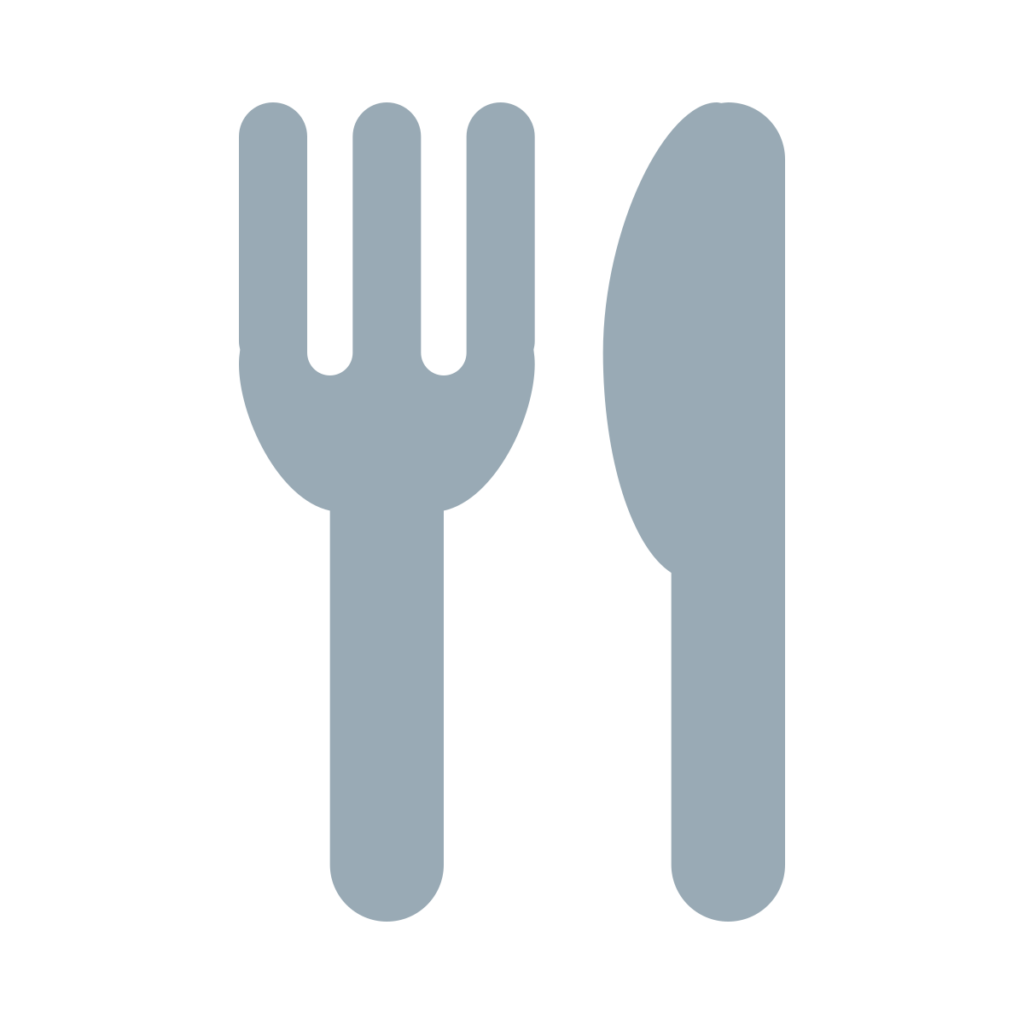
🍴 Fork and Knife Emoji
The world is broadly divided into the east and the west. The western culture is very different from the eastern and vice versa. Sometimes, they impact each other, and sometimes, they’re better off by themselves.
🍴 symbolizes the western way of consuming and eating food because most easterners prefer eating with their hands. Also, 🍴 suggests meaty food, otherwise, the knife is plain redundant. So, overall this emoji becomes more of a western symbol for gastronomy than an eastern method of eating our daily bread.
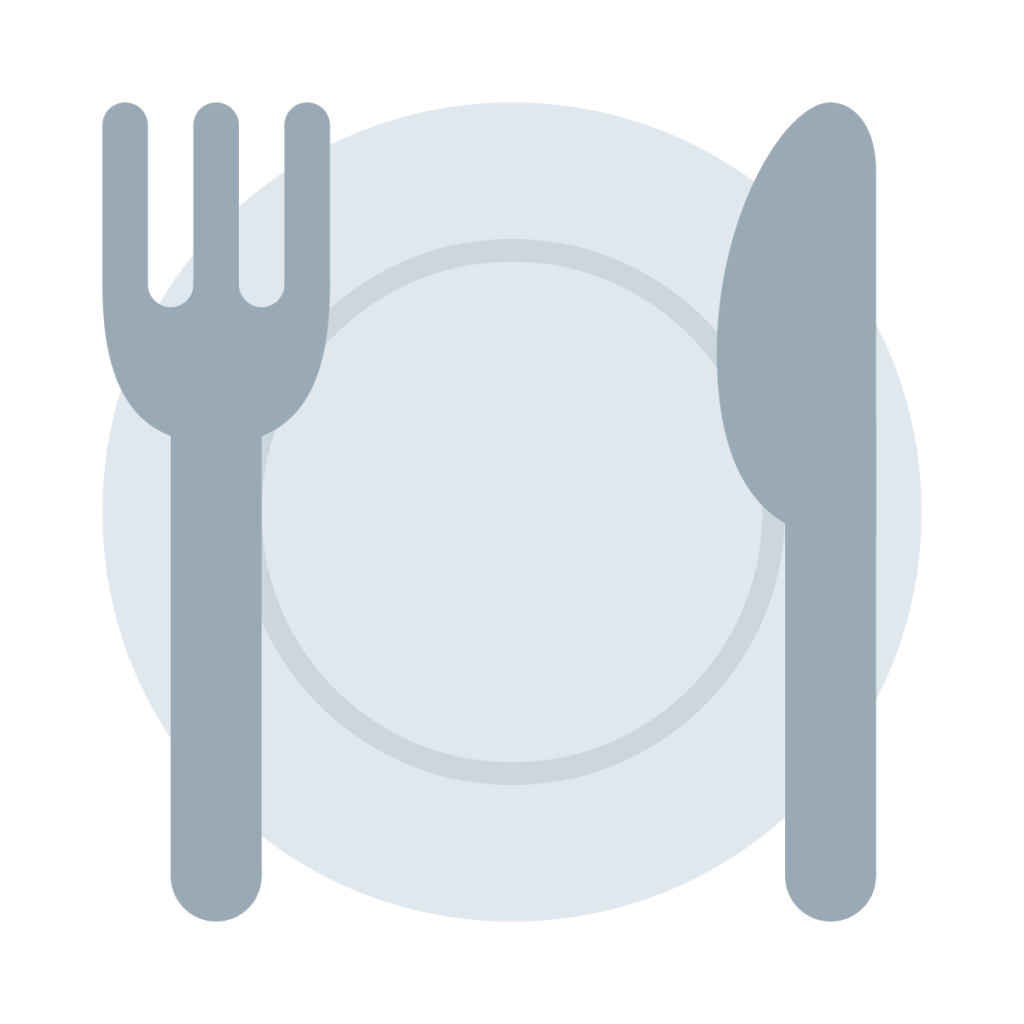
🍽️ Fork and Knife With Plate Emoji
All of us have different definitions of a “plate”. While it’s a ceramic, porcelain, breakable product for many, it’s just steel, iron, copper, or brass for some of us. But we all eat on a plate, nonetheless. However, the tools used in this emoji vary for people of different cultures, as said in the previous section. Albeit this disparity, 🍽️ is often a universal symbol for gastronomy and dining.

🥢 Chopsticks Emoji
This is one of the few emojis that depict eastern dishware. Chinaware, actually. Chopsticks, as you may have guessed is a Chinese invention. The world didn’t have 🥢 until 5000 years ago. Most of the original evidence is from 1200 BCE, Henan Province of China.
Since chopsticks originated in China, and that lots of Chinese food ought to be authentically relished with the help of chopsticks, 🥢 represents this type of cuisine. Besides, this emoji also refers to other cuisines that may use the chopsticks like Japanese, 🥡 Thai, Korean, and other Asian foods.
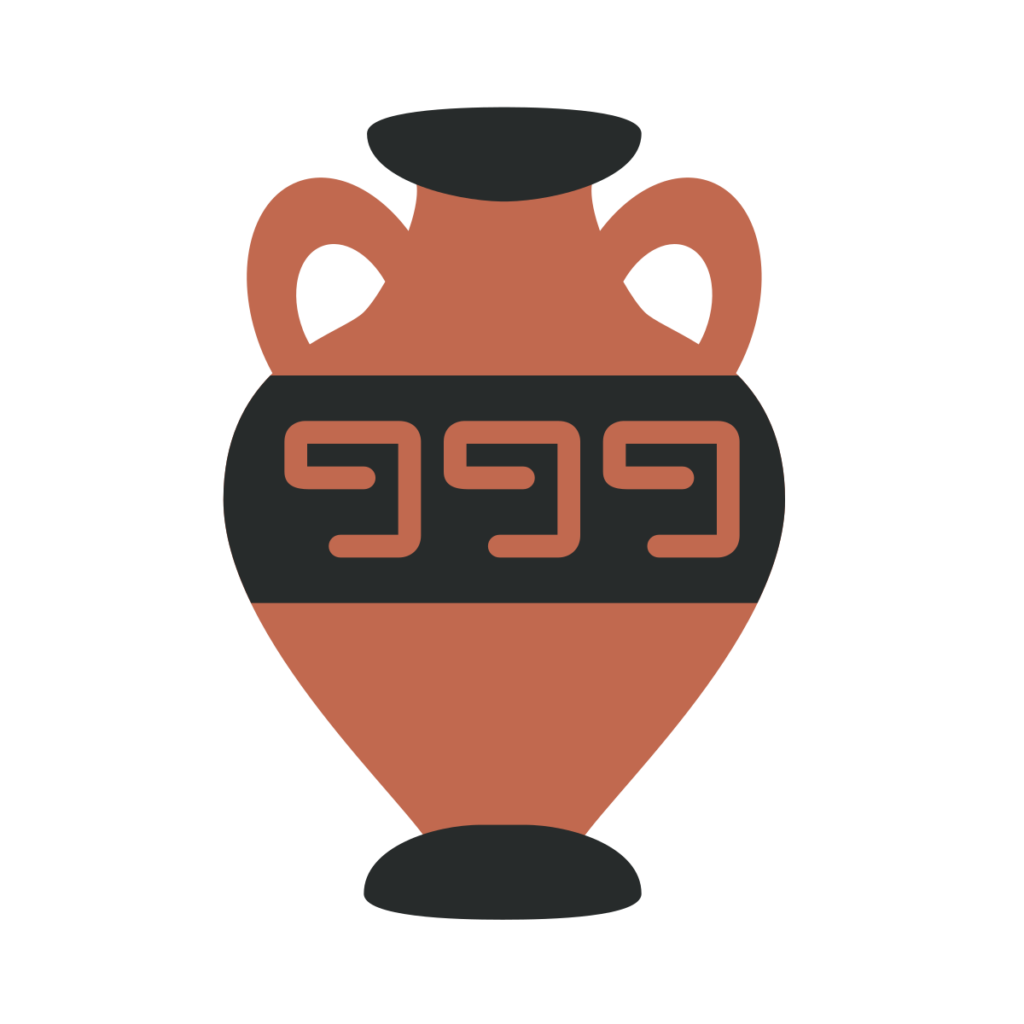
🏺 Amphora Emoji
The amphora is a symbol of Greek and Roman dishware. It’s Greekware. 🏺 is a ceramic, clay, metal, or mud storage container for liquid and solid food.
The material used to make these containers would differ from the ones used just to design them. Many amphorae have Greek paintings on them, thus making 🏺 symbolic of both Greek culture and dishware.
Dishwares With Dishes in Them
Since there aren’t enough dishware emojis encompassing the real variety we brought in emojis of various dishes served in an array of dishware. Here, the focus is the cutlery and not the food it contains.
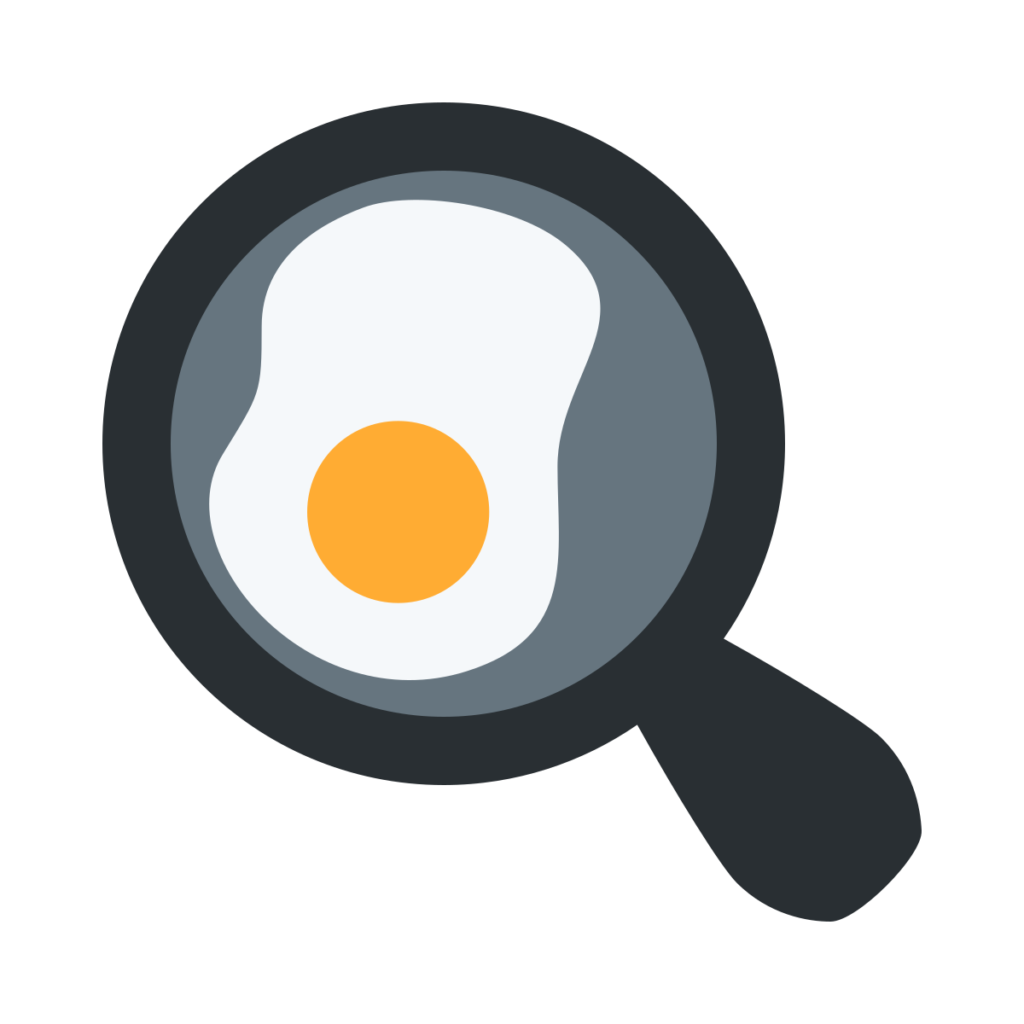
🍳 Fry/Frying Pan
This emoji is called the “cooking emoji”, but we turned it around and highlighted the pan instead. 🍳 is shown as a shallow frying pan with a broken egg at the center. A sunny side up in the making, for sure.
Frying pans have been a part of kitchenware approximately since 5000 BCE. The same design that we use today was used in ancient civilizations like the Mesopotamian civilization.
However, the pans of the time were copper. In fact, conventional metals used to make frying pans are copper, cast iron, and carbon steel. It was only in 1954 that non-stick variants of the famous fry pan were introduced to the market.
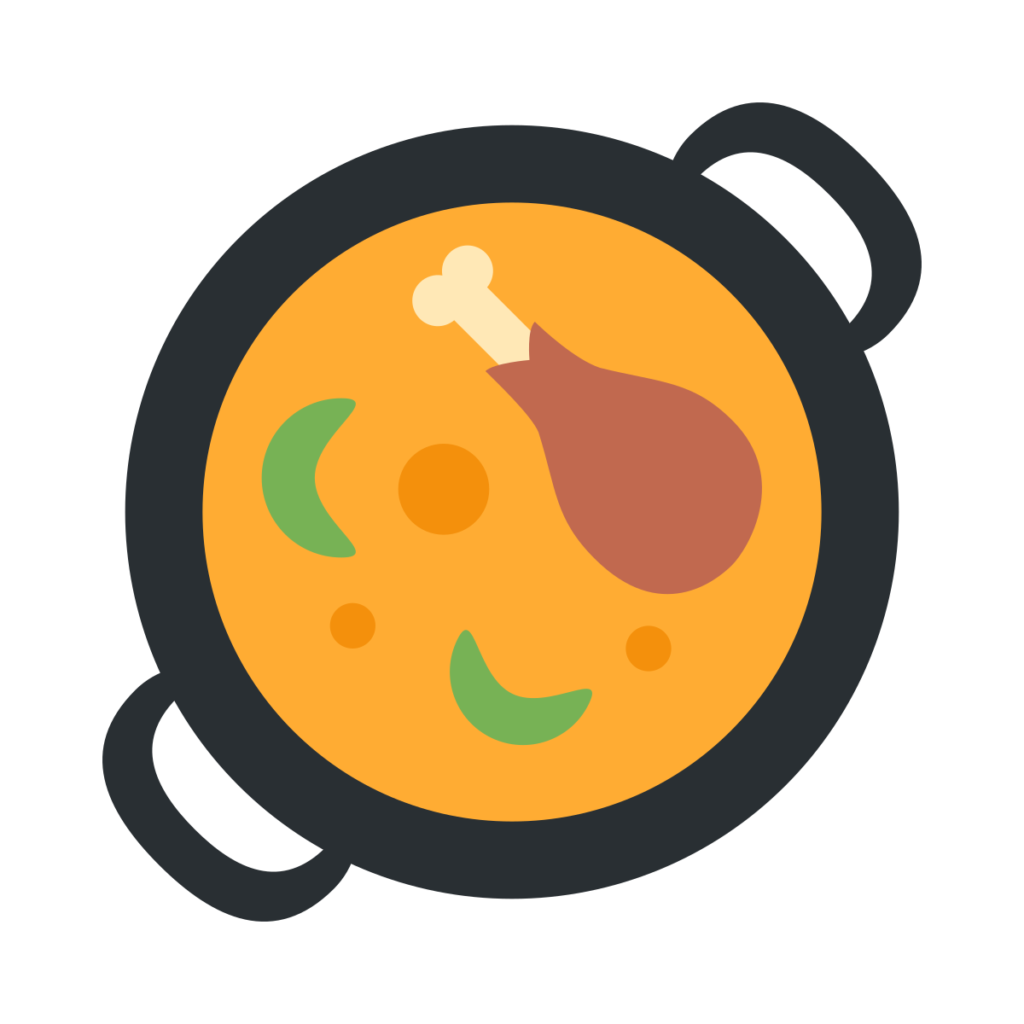
🥘 Pan With Two Handles
Since 🥘 is a shallow pan of food, it qualifies as a frying pan but with two handles. Cutlery like these is used to heat food up, cook in small quantities, and also while sautéing. 🥘 may also represent a double-handled skillet.
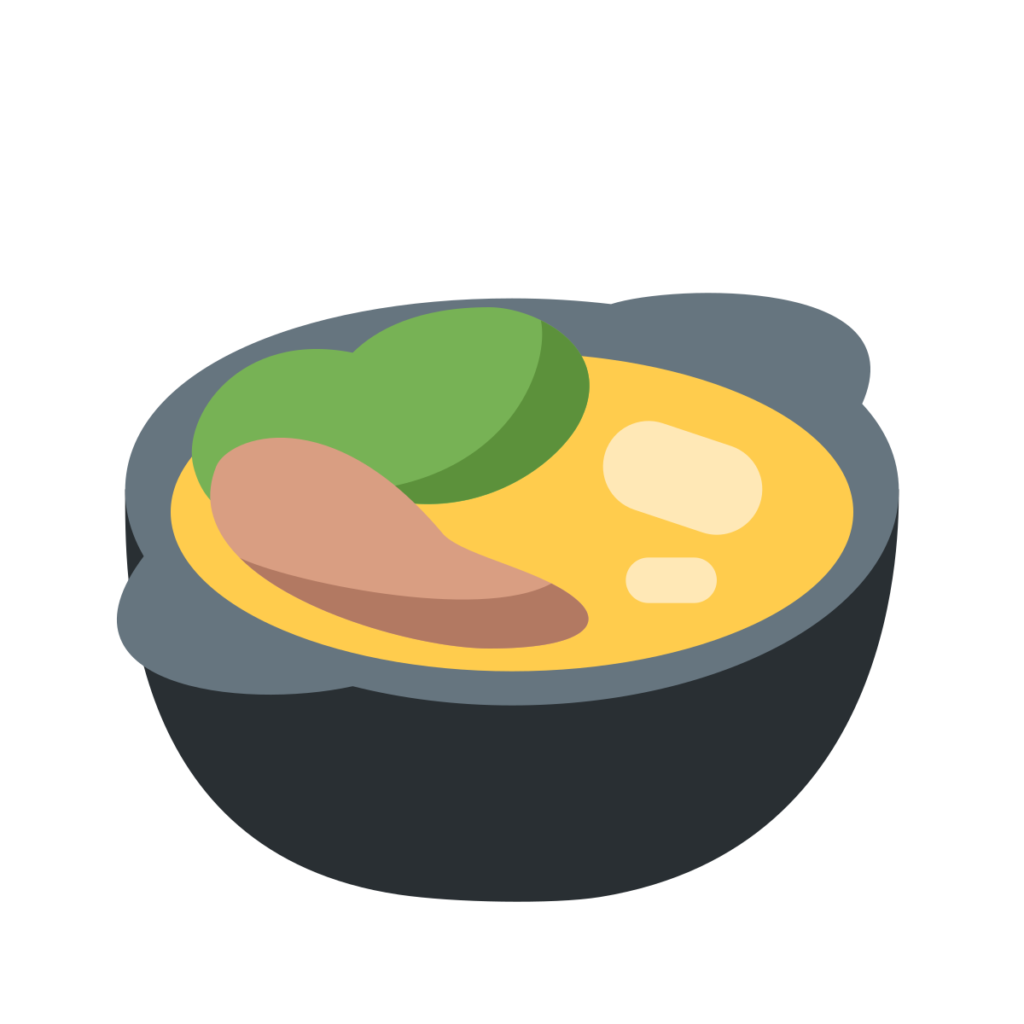
🍲 Cooking Pot
This cooking vessel is deeper than the above emojis. 🍲 resembles the iconic stewpot that’s most probably holding some meaty stew within. Though we categorized this emoji as a cooking pot and a stewpot, you could generally apply 🍲 for any similar vessel.
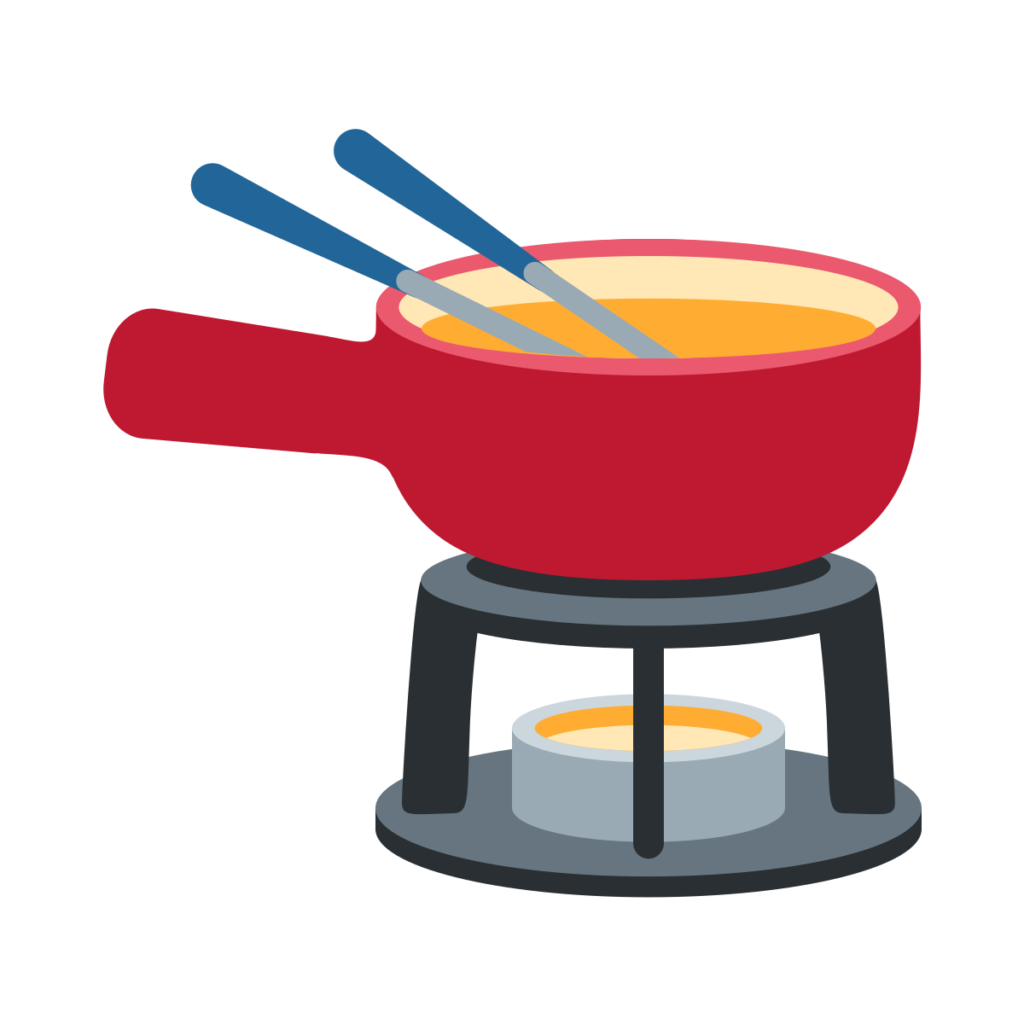
🫕 Fondue Pot
🫕 is the equipment used in the making of the Swiss dish, fondue. Hence, it could act as a synecdoche for Swiss cuisine as well. Fondue is basically melted cheese, that also has a chocolate variant. There are many types of fondue, all based in and with cheese.
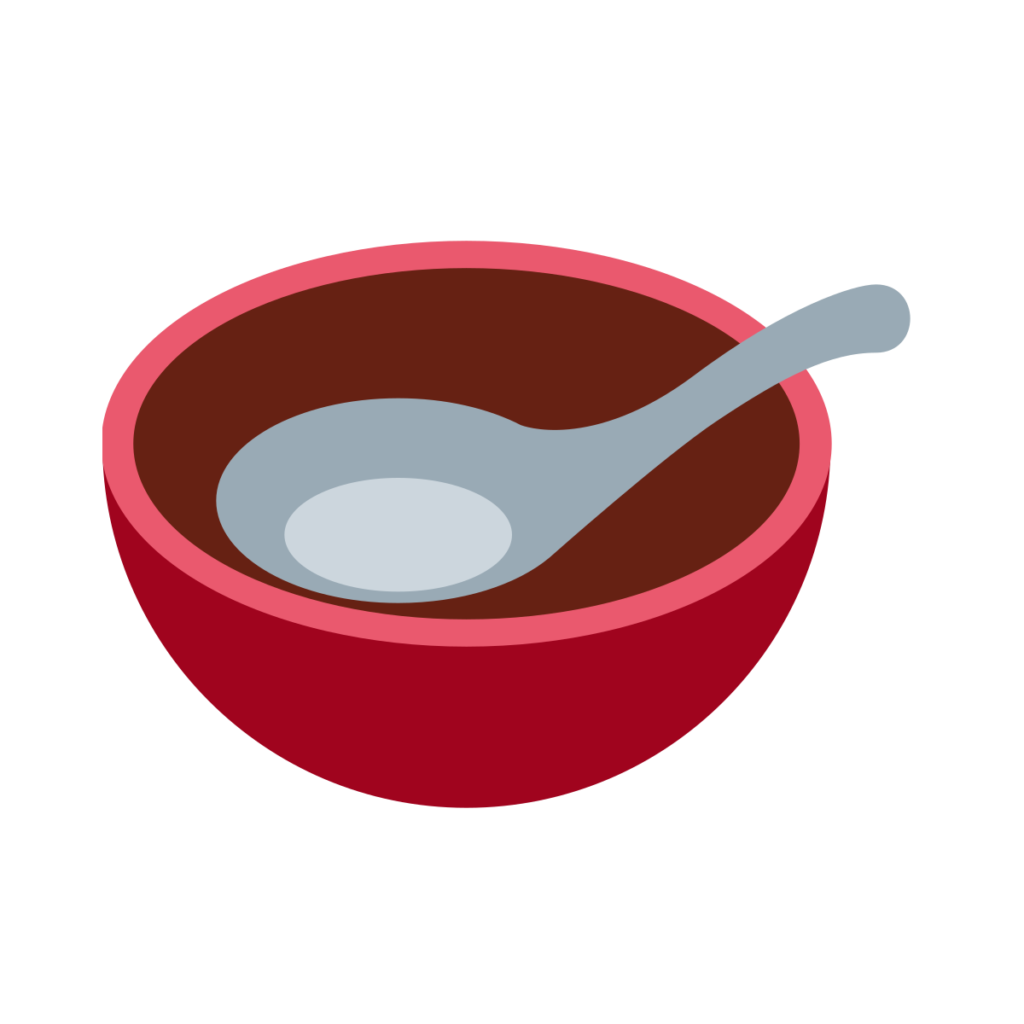
🥣 Bowl With Spoon
This emoji is shown as an empty bowl with a spoon on all platforms except for Windows, where there’s some soup in the bowl. Going by general usage of a bowl and a spoon, 🥣 represents a soup bowl or a cereal bowl. It could be a symbol for any soupy food, baby food, rice, or other dishe that needs a bowl and a spoon to be efficiently consumed.
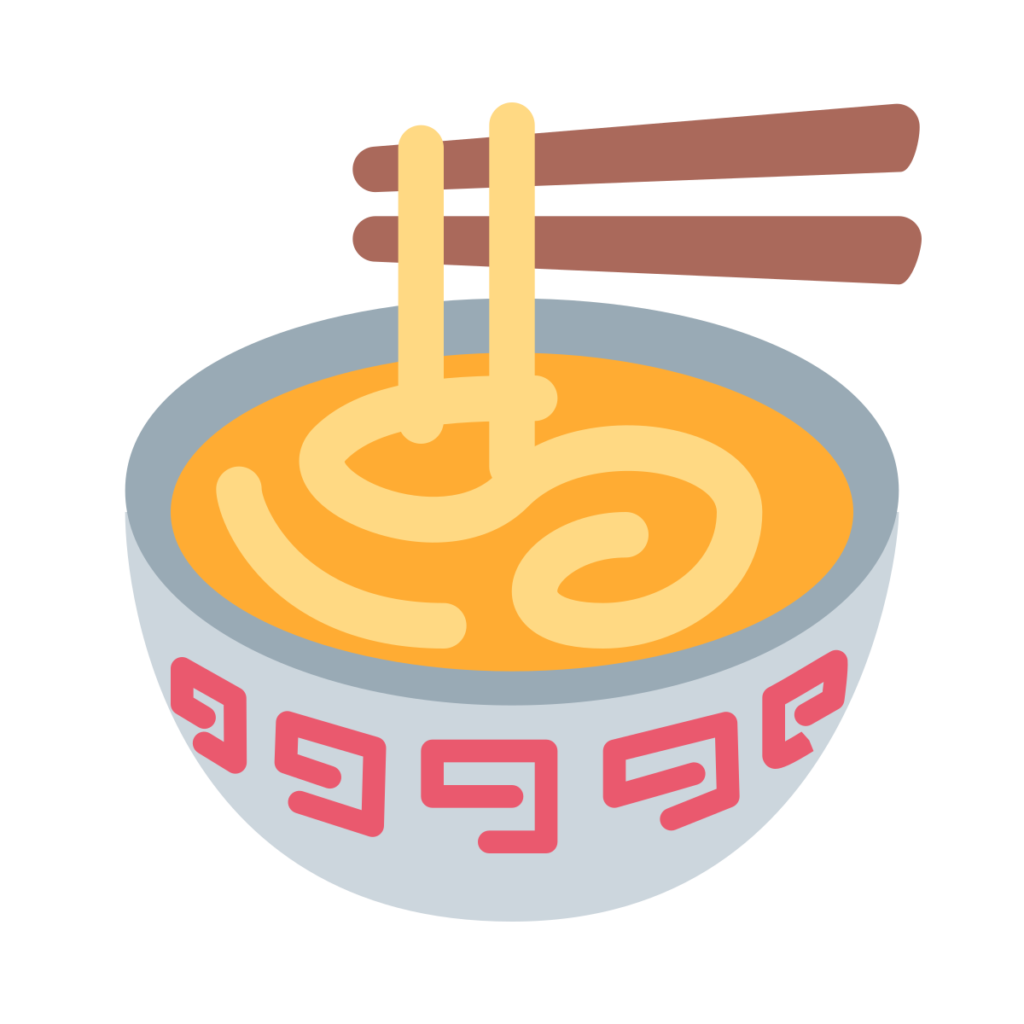
🍜 Food Bowl With Chopsticks
The food in this bowl represents Asian food that ought to be eaten with a pair of chopsticks. But that ain’t the focus here. We’ve covered 🥢, and 🍜 completes that coverage of Chinaware. The intricate design and the color of the bowl make the ideal mark of authentic Chinese dishware. Not to forget the endearing noodles in it!
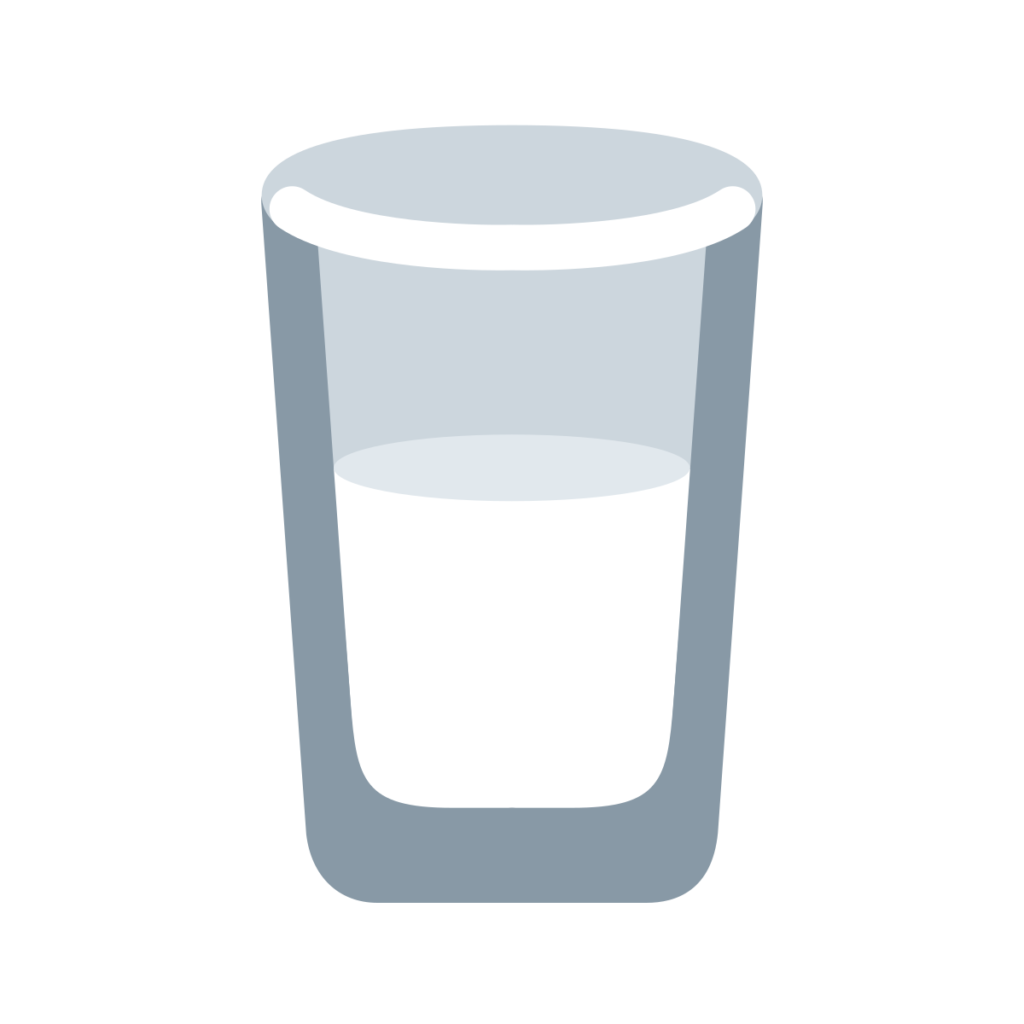
🥛 Glass
Yes, this is a glass of milk, but going by the subject of this blog post, 🥛 would be just a glass.
🥛 is a breakable glass or tumbler. This emoji along with the 🍷 Wine Glass, 🍸 Cocktail/Martini Glass, 🥃 Whiskey Glass/Tumbler Glass, 🍹 Snifter Glass, 🥂 Champagne Glasses, and 🍺 Beer Mug or 🍻 Beer Mugs, can be recognized as sub dishware emojis called the “glassware emojis”.
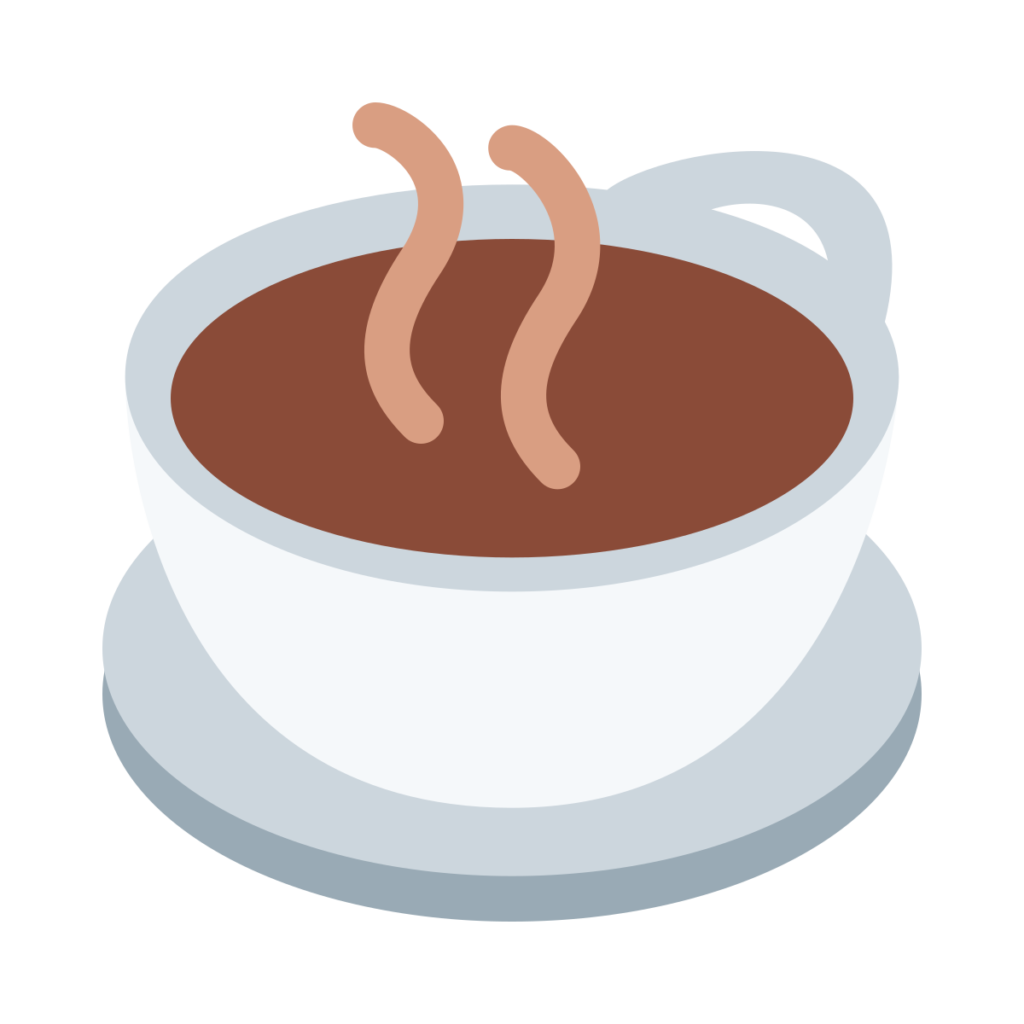
☕ Cup and Saucer
☕ is definitely not an empty emoji. It either holds coffee, hot chocolate, or any hot beverage. In fact, this emoji is called the “hot beverage emoji” on the list. But, again, the point is in the cutlery.
The cup and saucer duo made its first appearance in Europe sometime during the 1600s. However, the “half-cup” or the tiny cup on a saucer, also known as the “demitasse” originated from France in the 1800s. Through ut all, ☕ have made an aesthetic hallmark of elegance when it comes to gatherings.
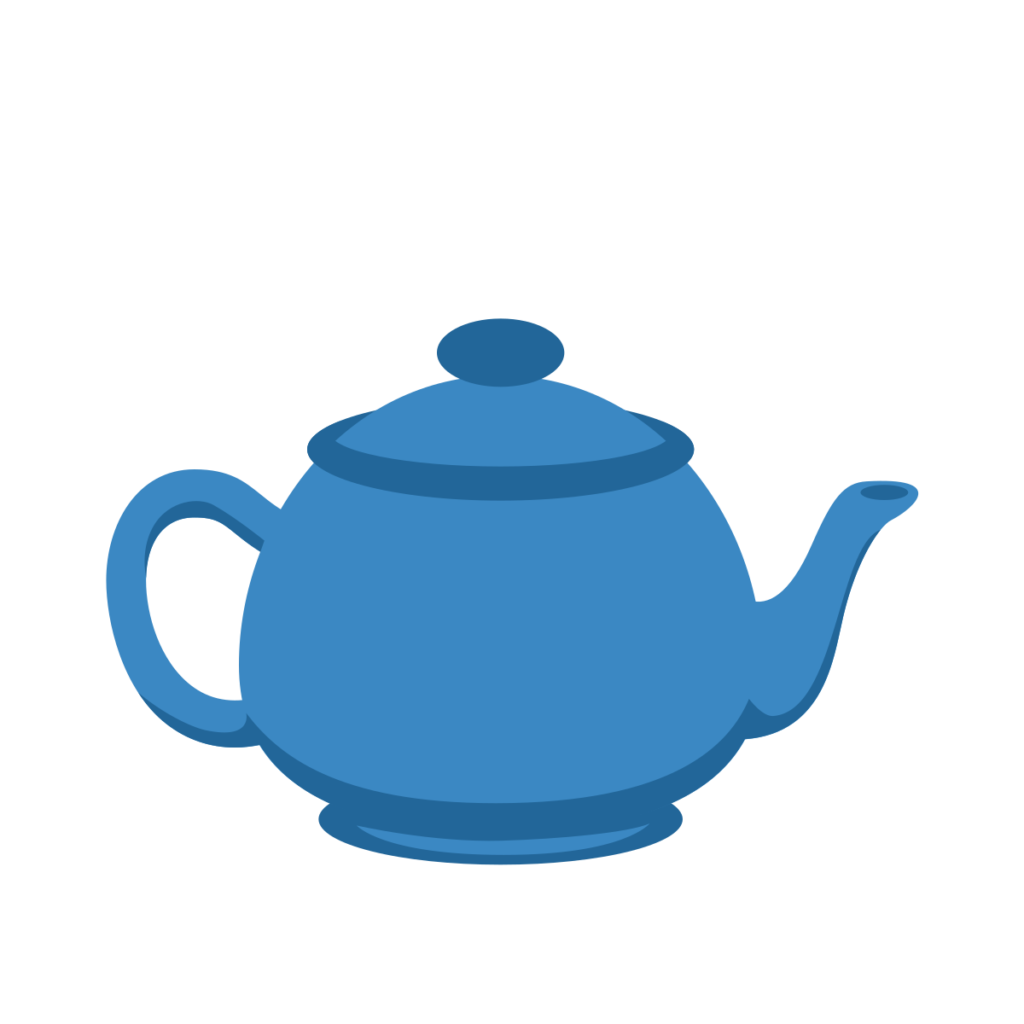
🫖 Teapots
🫖 maybe a recent addition to the list, but boy is the teapot ancient. We’ve seen teapots in old English or British movies, and we’ve even associated these kettles with anything English (yes, with italics). But, here’s a shocker. They’re not originally from here.
Teapots originate from China, and the first time they were ever used was during the Chinese Yuan dynasty. This happened anywhere between the late 1200s and the mid-1300s. Yep, teapots are that old.
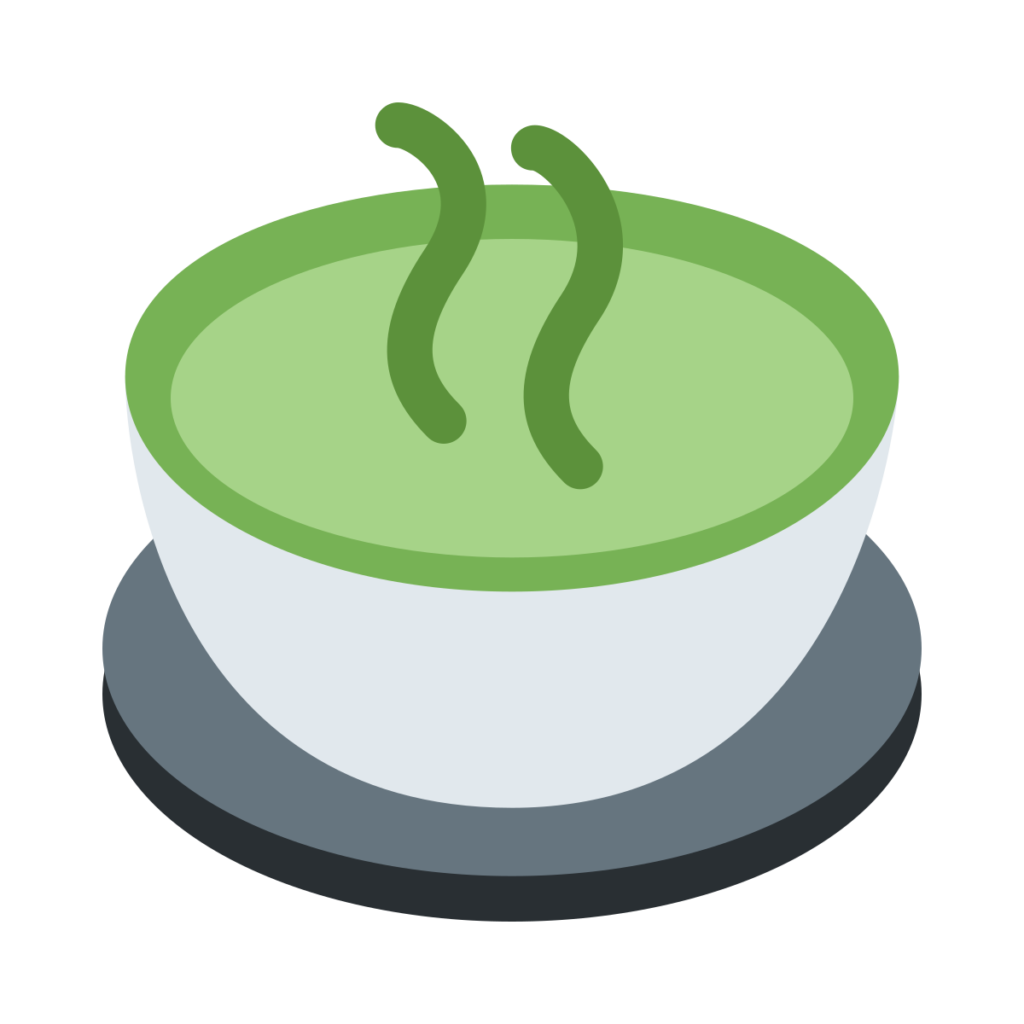
🍵 Teacup With a Handle
What rubbish?! How am I supposed to hold the burning cup when it has hot tea in it?!
You learn. Everything including cutlery ought to be respected because it comes from a place of culture.
🍵 is a symbol of Japanese dishware. This is the signature Japanese teacup that’s usually used to serve green tea or matcha tea. These cups are made with ceramic, porcelain, or clay too. Apart from being just another teacup, 🍵 also signifies Japanese tea ceremonies that religiously use these teacups.
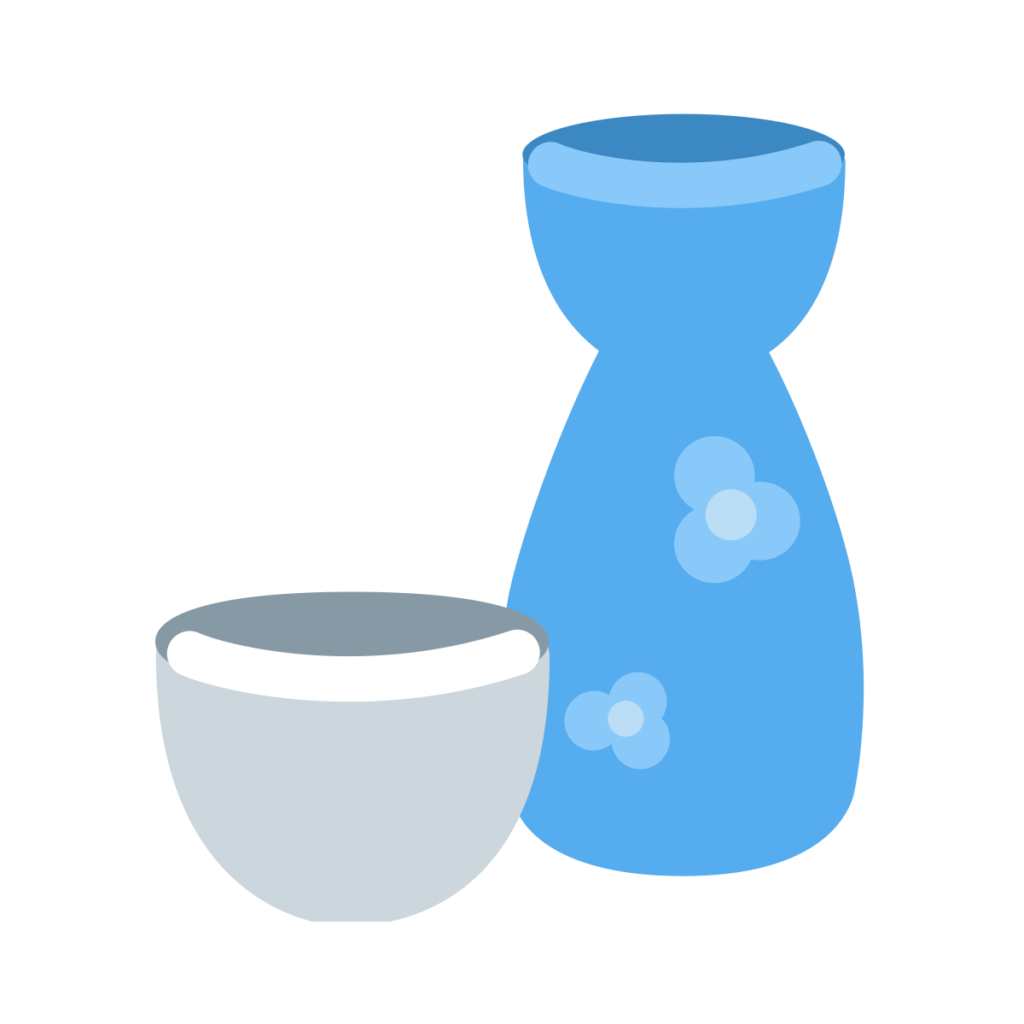
🍶 Sake Bottle and Cup
Sake is an alcoholic Japanese drink extracted from fermented rice water. Now, the way this sake is stored and consumed is exclusive. The process requires the sake bottle and cup. Sometimes, sake is also stored in bottles that don’t look like the one in 🍶. But generally, this is the “sake bottle and cup”.
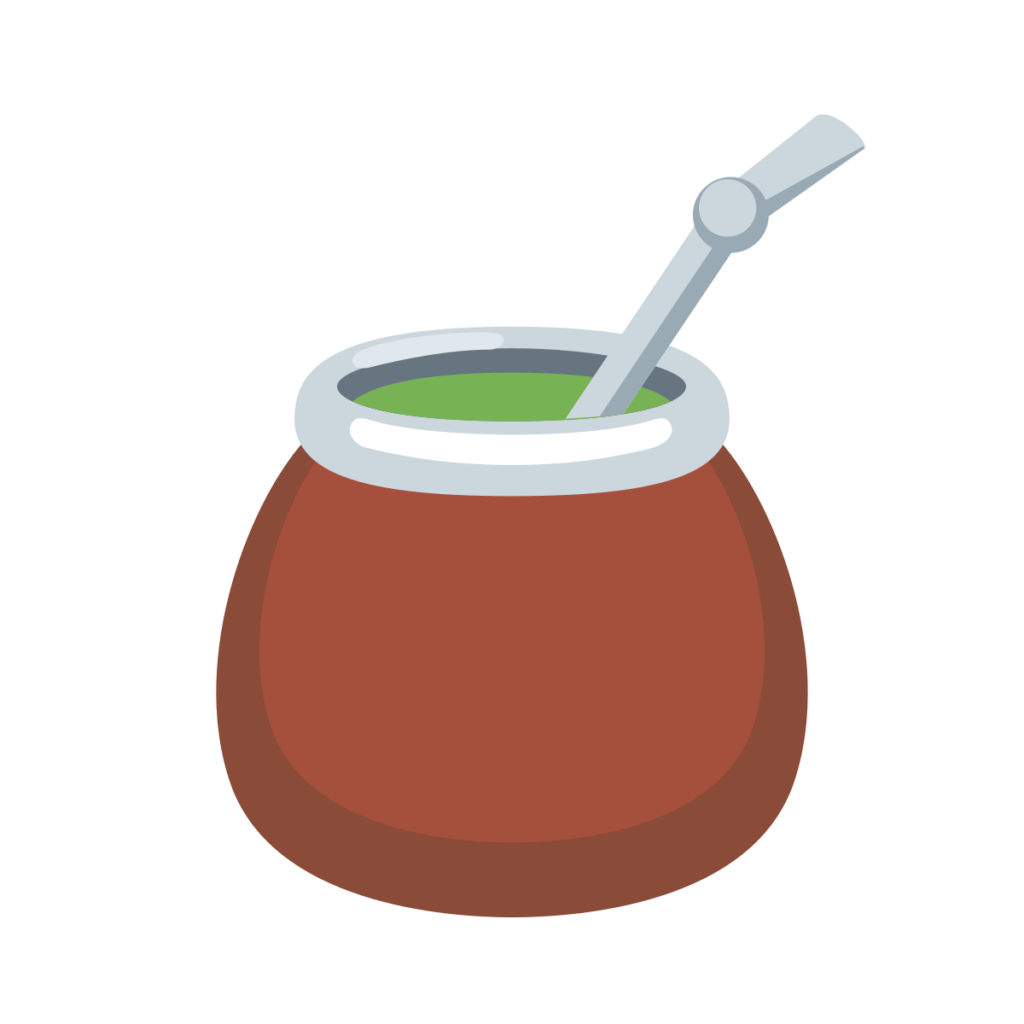
🧉 Mate Cup
Mate is a caffeinated South American drink. It’s not alcoholic but it can have side effects if consumed without restrictions due to its heavy caffeine content. Also, Yerba Mate needs to cool down before you can drink it. Piping hot consumption is never recommended.
So, given that 🧉 represents this South American drink, the cup too becomes a representation or a symbol of representation for the entirety of traditional South American dishware. This container is authentically made out of the Calabash gourd. But it could be any other material, inauthentically, like steel.
While in the kitchen, dishware is invaluable. We cannot imagine going by a single day without these little pieces of cooking equipment. But, these tools are not always necessary while eating. Sure, they may make you look more “civil” and “clean”, but aren’t we combating judgment? And when that’s the case, who cares?! Enjoy your meal the way you like it.
So, if you’re referring to cutleries, dishware, or glassware in any virtual context, we hope these emojis are helpful in cutting some slack of articulation.